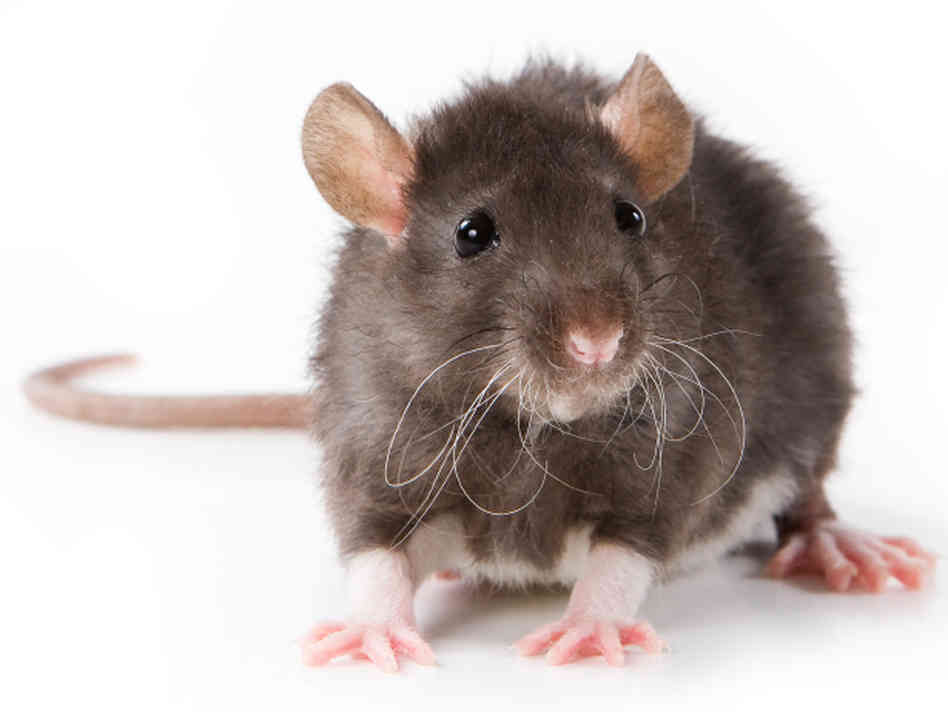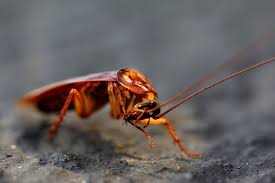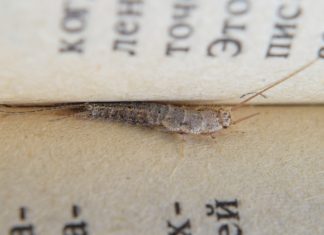Unwanted pests are especially common during the winter season. In the summer, knowing where all the insects are is quite clear: they’re buzzing all around you, hovering over your fruit bowl, and marching into your house. As the temperatures drop, these pests only seem to disappear on the surface.
Many insects migrate inside homes to hide from the cold. Knowing which are the most common can help you better recognize a potential issue or infestation. Cockroaches, spiders, Norway rats, and even raccoons turn to homes to shield them from the wintery weather. According to the National Pest Management Association (NPMA), rodents invade 21 million homes across the United States every winter.
Sometimes it’s difficult to determine what pests—if any—are in your home. Some pests are pretty sneaky, and stay hidden under the radar for a fairly long time. It’s important to talk to rodent control professionals if you notice signs of an infestation. However, there are preventative measures you can take. Here’s how to keep away the three most common household pests during the winter:
Spiders

Although spiders can survive extreme temperatures, they still retreat indoors to search for food and avoid competition outside. However, it’s important to understand that the majority of spiders in your house have actually always been there. In fact, according to some studies, less than 5% of the spiders you find in your home have ever stepped outside at all. These are commonly referred to as house spiders. Spiders also reproduce in the winter, which makes it more common to see them scurrying around during the winter season.
However, there are some species of spiders—most notably the brown recluse spider—that do seek shelter inside homes during the winter. The brown recluse spider retreats to dark, underused areas of the home, particularly storage areas containing wood, plastic, and cardboard. They usually don’t bite, but when they do, they inject the person with a venom that creates a black blister that can take months to heal.
Roaches

Roaches are by far the most common house-infesting pest. It’s horrible but cockroaches carry bacteria and need to be dealt with immediately. One of the earliest signs you’ll notice of invasion is that you’ll actually see them. These insects are fast-moving, and usually flee to dark areas. If you turn on a light in your kitchen, for example, you’ll see a roach scurry past.
Another sign of roaches are their droppings, which are left in dim areas where they hide. However, their droppings are fairly similar to those of mice. A licensed pest control expert can take a look and help you identify the droppings if you haven’t seen any pests on your own.
Getting rid of cockroaches is no easy task. They are very resilient creatures, and have strong survival skills. Some studies have shown that these pests would even be able to survive a nuclear bomb explosion. You’ll of course need a professional service to help get rid of them.
To avoid them, conduct a runthrough of your home for any potential cracks and use caulk to seal those openings. “Keep your house clean” may seem like simple advice, but it’s often ignored. During the winter, even one night of crumbs can easily attract roaches, who can smell the scent of a meal from lengthy distances. Fill an open container with a carbon dioxide source, like soda, to attract them if you aren’t sure whether they’re in your home. Place sticky traps near the open container and check the traps for roaches.
Rats/Mice

Rats are easier to identify than roaches, and because they don’t breed as excessively, you can catch them before it becomes a serious infestation. However, statistically speaking, at any one given time, 11 to 31% of rats are pregnant. Once the frost of winter sets in, and food becomes scarce, they can burrow up to three meters deep to find an entrance into your home.
One of the first signs you’ll notice is the sound of mice or rats scurrying in your walls or in your home. These rodents also pose some health risks, as they’re known for chewing through electrical wires in walls. While you can certainly purchase some homemade traps of your own, it’s always best to work with a professional who can save you the time and headache. If you have one mouse or rat, you can never be quite sure how many others are around.














